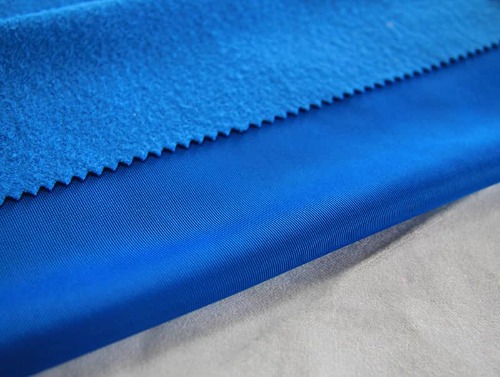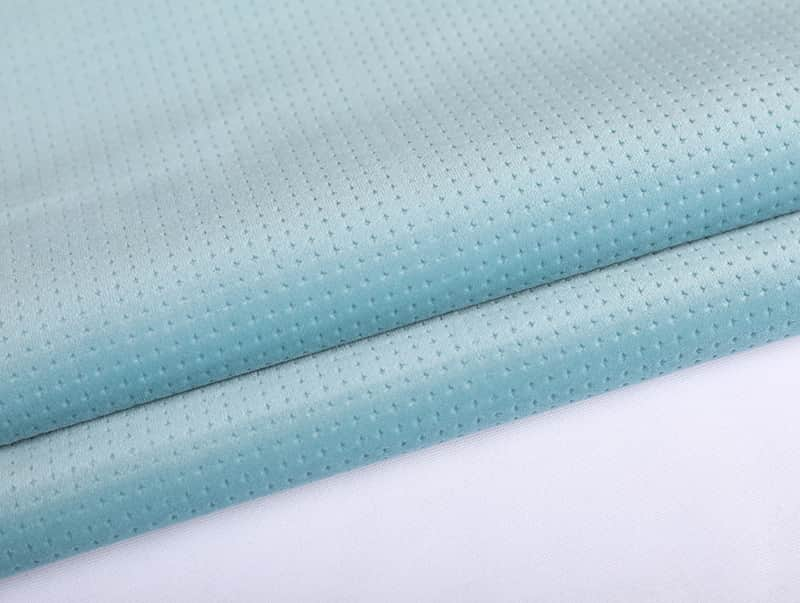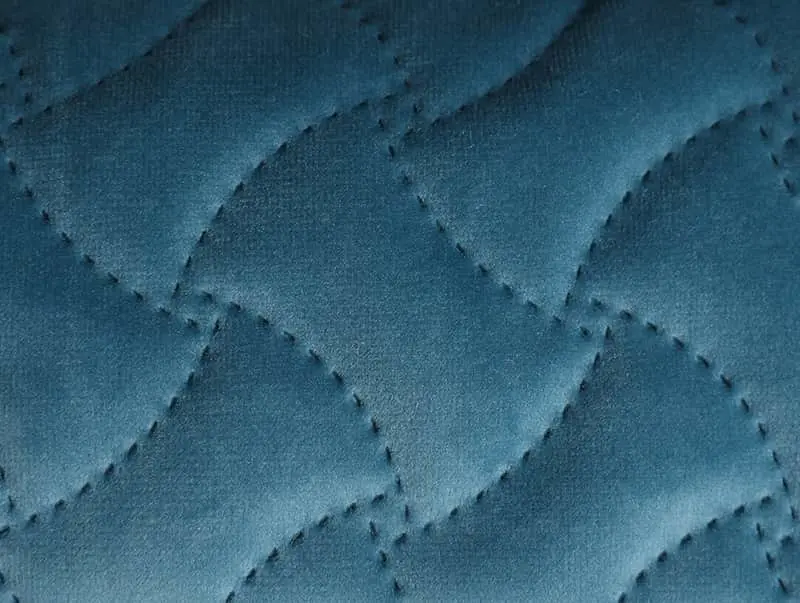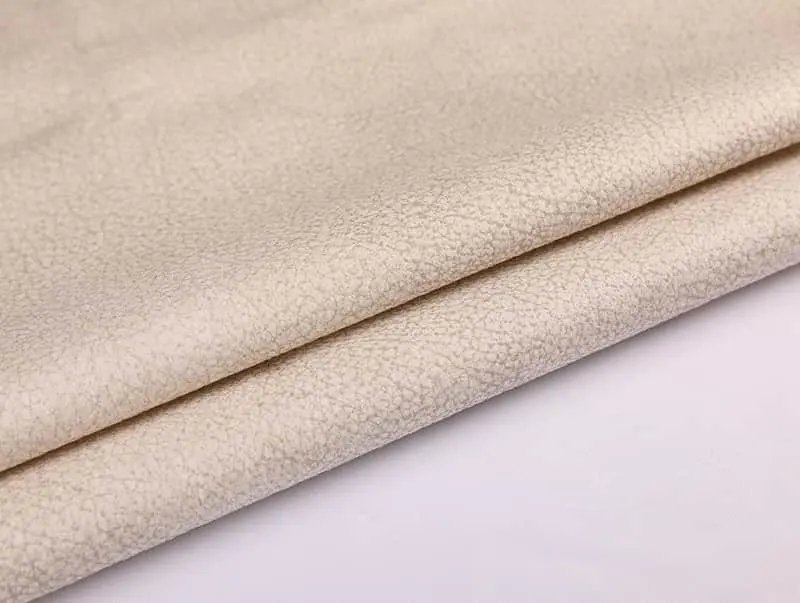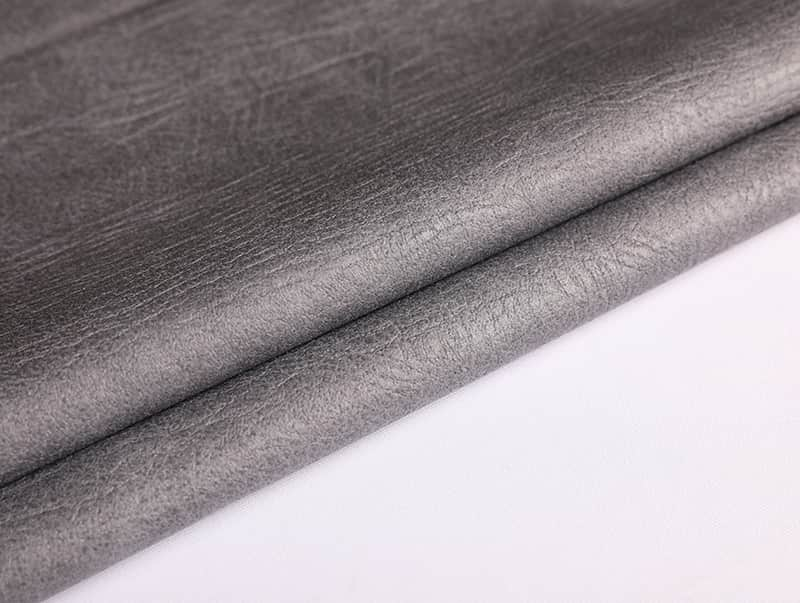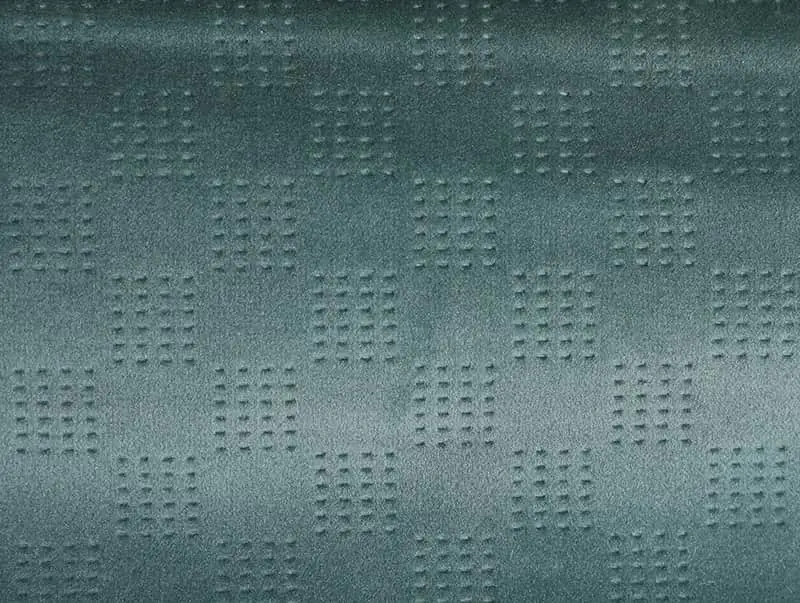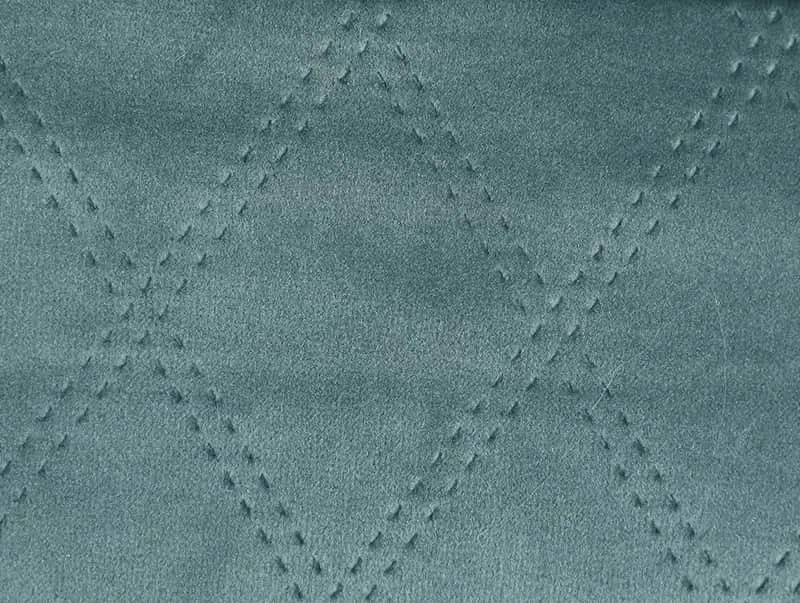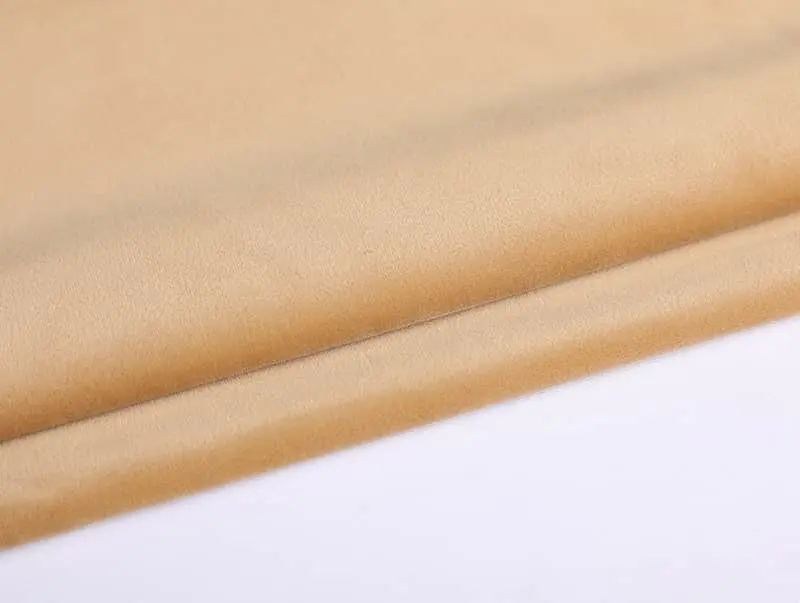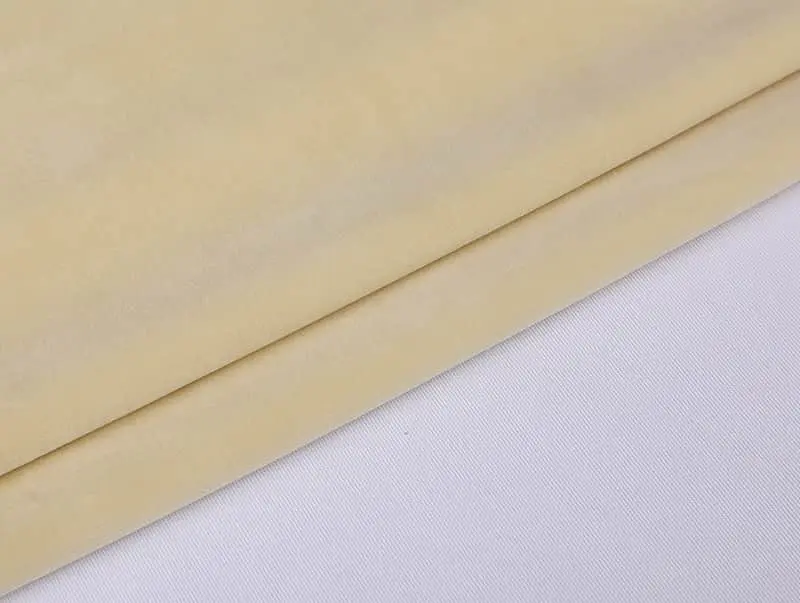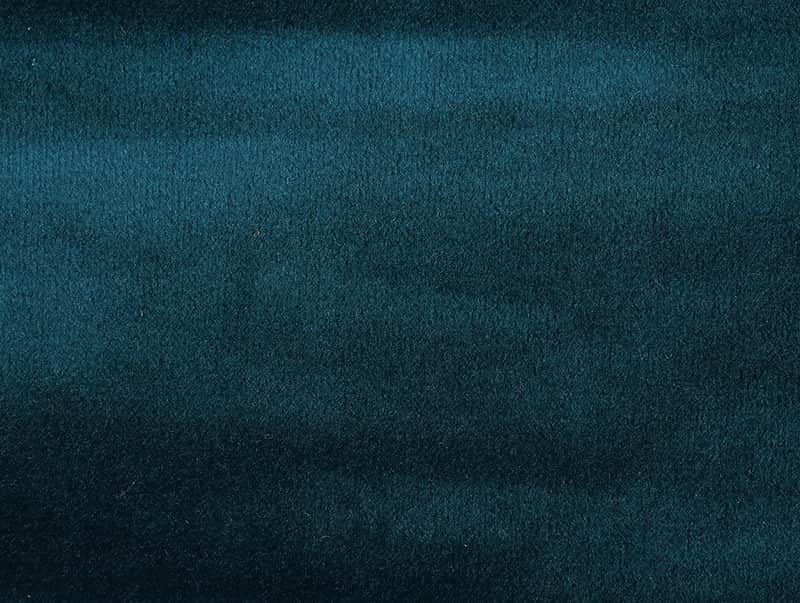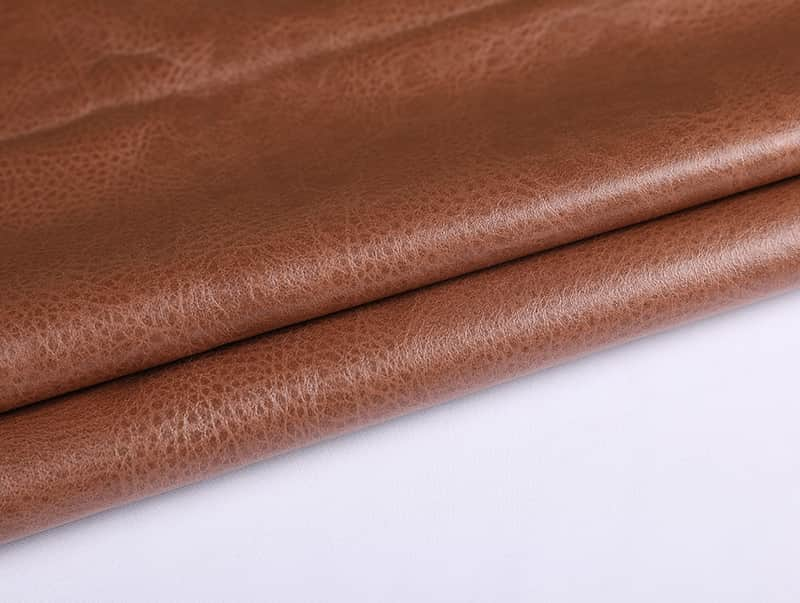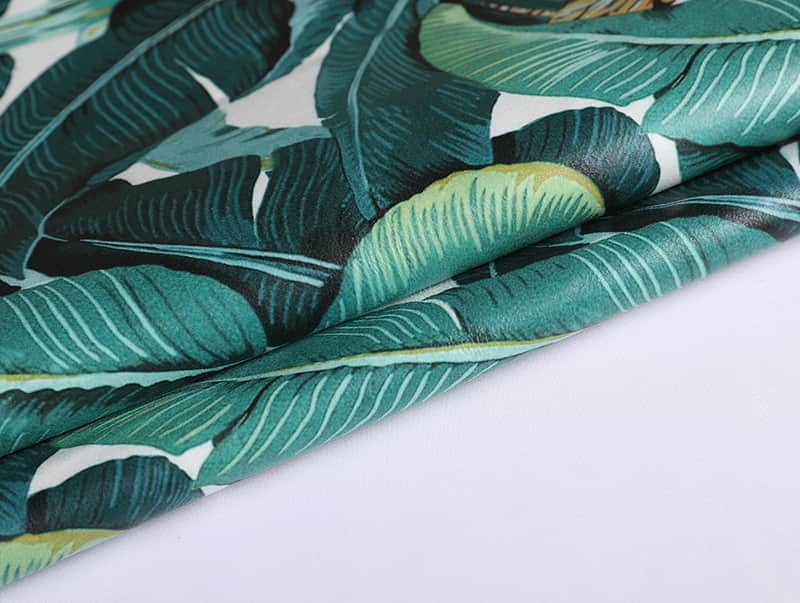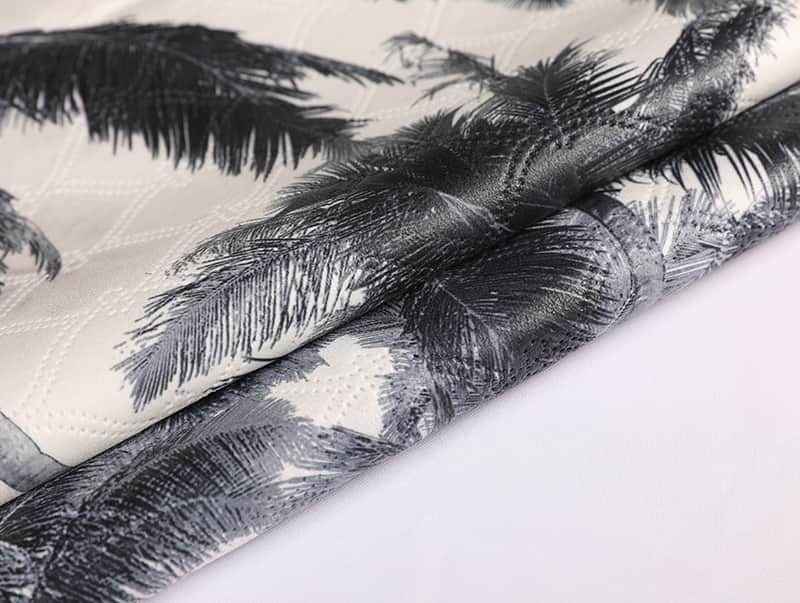Garment fabric is made through a complex manufacturing process that involves several steps, from fiber production to the finished textile. The specific process may vary depending on the type of fabric being produced and the desired characteristics. Here's a general overview of how garment fabric is made:
Fiber Production: The step in fabric manufacturing is producing the fibers. Fibers can be natural (like cotton, wool, silk) or synthetic (such as polyester, nylon, rayon). Natural fibers are derived from plants, animals, or insects, while synthetic fibers are made from chemical processes.
Fiber Preparation: After the fibers are produced, they undergo cleaning, sorting, and blending processes to remove impurities and create consistent fiber blends. This step ensures the quality and uniformity of the fabric.
Carding: Carding is the process of combing and aligning the fibers to form a thin web or fleece. This step further removes impurities and knots in the fibers, creating a more even and uniform blend.
Drawing and Roving: Drawing involves stretching the carded fibers into finer strands called rovings. Rovings are loosely twisted strands of fibers that are more suitable for further processing.
Spinning: Spinning is the process of twisting the rovings to create yarn. This process imparts strength and durability to the fibers, making them suitable for weaving or knitting.
Weaving or Knitting: In the weaving process, yarns are interlaced to form a fabric with lengthwise (warp) and crosswise (weft) threads. In knitting, yarns are formed into loops to create a fabric with stretch and flexibility. The choice between weaving and knitting depends on the desired fabric characteristics.
Pre-treatment: After weaving or knitting, the fabric undergoes pre-treatment, which includes processes like scouring (cleaning), bleaching, and singeing (removing surface fuzz).
Dyeing or Printing: Fabric can be dyed to add color or printed with patterns or designs using various techniques like roller printing, screen printing, or digital printing.
Finishing: Fabric finishing involves various treatments to enhance its properties, such as softening, crease-resistance, water repellency, or flame retardancy.
Inspection and Quality Control: The fabric is thoroughly inspected for any defects or inconsistencies, and quality control measures are applied to ensure that it meets the required standards.
Cutting and Sewing: Once the fabric is made, it is sent to garment manufacturers, where it is cut into pattern pieces and sewn together to create the final garment.
